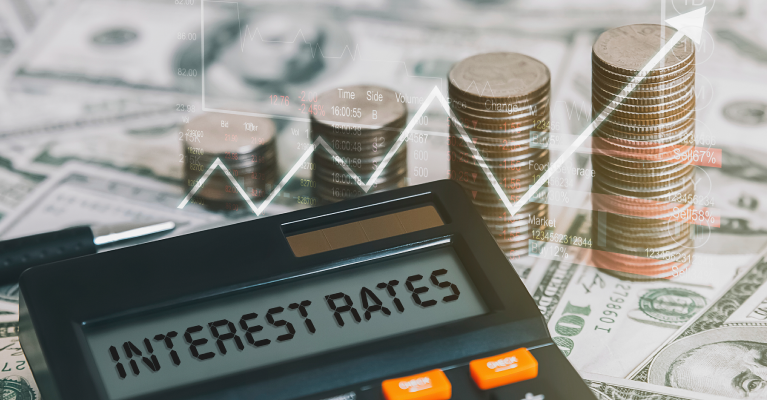Named after its section in the Internal Revenue Service code, 401(k)’s and other employer-sponsored retirement plans, such as 403(b)’s and 457’s, have become a mainstay for building and saving toward retirement. These retirement plans offer the most comprehensive benefits, from the highest contribution limits to employer matching to unlimited creditor protection, to name a few. However, several studies suggest that many Americans have inadequate retirement savings. Here are several strategies to maximize your 401(k), which include matching the match, automatic annual increases, the Roth 401(k) option, and after-tax savings.
Matching the Match
For 2023, the employee contribution limit is $22,500 with a catch-up of $7,500 for those aged 50 and older.[1] While it’s best to contribute the maximum toward your 401(k) it’s understandable that some are not able to. If you can, you should contribute up to your employer’s full match. For example, an employer may offer a 100% match up to 5%, in this case, you want to contribute 5% since anything less means you’re giving away free money. It’s essentially a doubling of your savings, if you and your employer both contribute 5%, which means you’re saving 10%.[2] Keep in mind that to assume full ownership of your employer’s contribution a vesting period of typically three to five years is required, which means you must remain with your employer for that time.
Automatic Annual Increase
How much you should save toward retirement is driven by several factors such as pre/post-retirement income and lifestyle expenses. Some will require a retirement savings rate of 10%, while others will require 20%. Your employer’s match adds a tremendous boost toward retirement savings; however, this should be the starting point. One of the most efficient ways to reach your maximum savings rate is to enroll in automatic annual increases of at least 1%. For instance, if your contributing 5% and enroll in an automatic annual increase of 1% within a year your savings rate increases to 6%. This may seem infinitesimal, but it represents a 20% increase in retirement savings. Five years of automatic annual increases bring your retirement savings rate to 10%.
Roth 401(k)
Similar to a Roth IRA, contributions are made on an after-tax basis, and earnings grow tax-free with the same contribution limits as a traditional 401(k). Unlike a Roth IRA, there are no phase-out or income qualifications, which means anyone can contribute and makes them even more attractive. Thanks to the SECURE ACT 2.0, Roth 401(k)’s are no longer subject to Required Minimum Distributions (RMD), which provides for longer tax-free growth and a tax-free inheritance to heirs.[3] Starting next year (2024) anyone with income greater than $145,000 (adjusted for inflation) who is over the age of 50 will be required to save their catch-up contributions through a Roth 401(K).[4]
After-Tax Savings
Underutilized and often overlooked is the ability to contribute to your 401(k) on an after-tax basis. This allows for not only tax-deferred growth but additional savings above and beyond contribution limits. As mentioned, the 2023 employee contribution limit is $22,500 with a catch-up of $7,500 for those age 50 and older. However, the IRS contribution limit between employer and employee is $66,000. This means that an employee who contributes the max of $22,500 has the potential to save an additional $43,500 ($66,000 minus $22,500) on an after-tax basis. You want to be careful and consider any employer match and/or profit-sharing so as to not exceed the IRS limit. This strategy is even more valuable as after-tax contributions can be rolled into a Roth IRA. Keep in mind that not all employers allow for after-tax contributions.
Saving and planning for a successful retirement will take decades, while doing so through a 401(K) or other employer-sponsored retirement plan can be very easy, mistakes are made often and have proven to be very costly. To avoid mistakes, please consult with your tax and financial advisor for the best course of action.

Helping you boost your financial intelligence.
Read our financial resources from your friends at WSFS.




